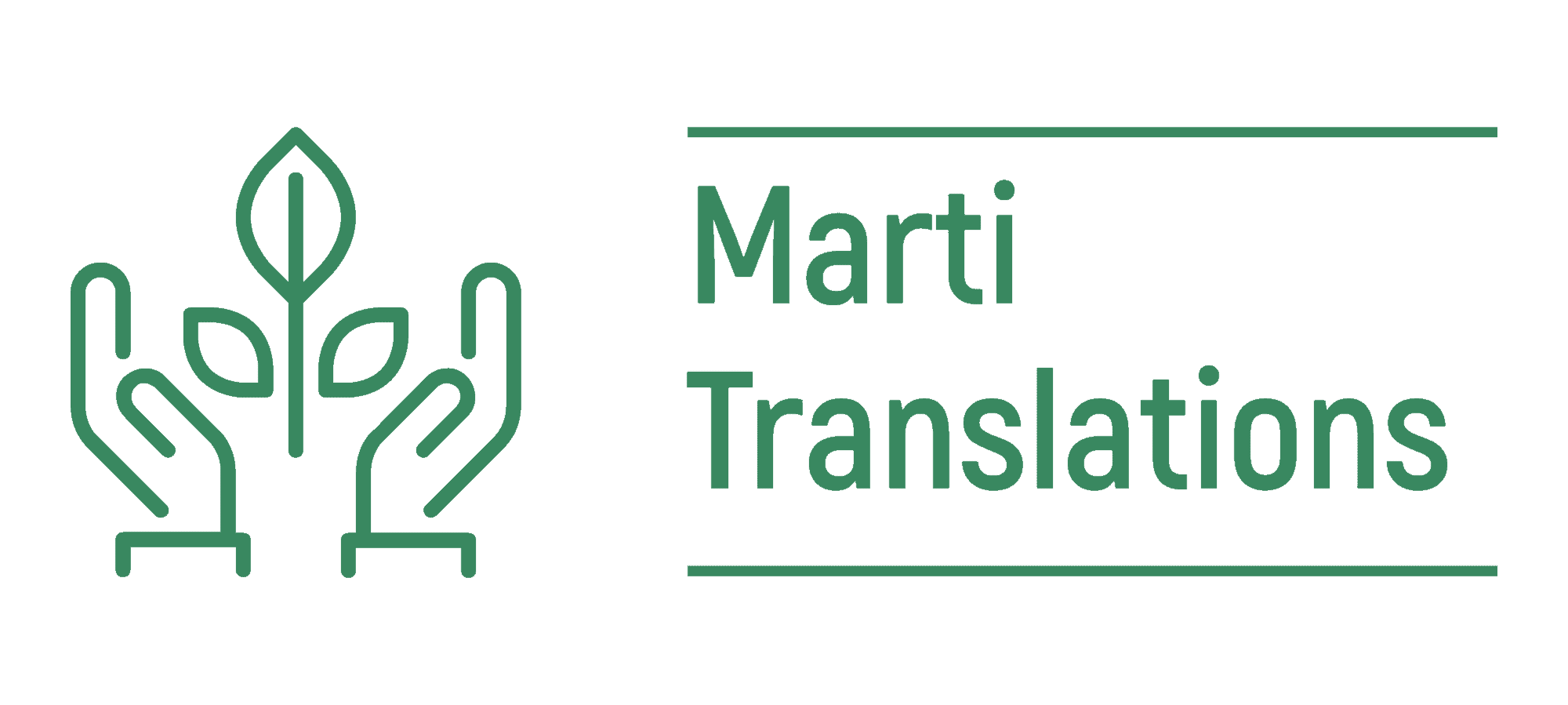In the past few years, the translation industry has changed. A lot.
Is there more competition than before? Have translation rates gone down? How does AI impact translators?
Let me share an overview of what the translation industry looks like in 2024 versus how it was when I first started my translation career in 2014.
Table of contents
- How the global economy impacted the translation industry
- The rise of AI in the translation industry
- Translating isn’t enough
Reading time: about 3 minutes.
How the global economy impacted the translation industry
If you’ve already looked for translations agencies, there’s a good chance you know about large companies likes TransPerferct, RWS or Lionbridge. They are what Slator calls Super Agencies, i.e. “full-service, standalone LSPs [language service providers] with revenues greater than USD 200m”.
These businesses are industry giants, and they’re always growing, buying smaller agencies to increase their revenue.
And while that’s great news for their shareholders, it’s not for translators. Here’s what I can tell you from experience and from speaking with colleagues:
- These industry giants tend to drive the translation rates down.
- They’re leveraging the high volume of work they offer to negociate lower rates.
- They work with dozens of translation project managers so it’s harder to build meaningful connections with them.
On top on that, translation buyers have a tighter budget, due to a rising inflation. In this economy, and because quality translation is quite an investment, it’s not always a priority for organizations.
Also, translation is sometimes seen as a side hustle. Anyone can create a profile on platforms like Fiverr and start offering translation services. Even though they’re not professional translators.
On these platforms, freelancers mostly compete on price. Meaning: the lower your rate, the higher your chance to work with the client. And that’s a problem both for translators, who are competing with low-rates offers, and for clients, who are getting cheap, non-professional translations.
With the competition getting harsher, translators need to find a way to stand out.
They need to show (prospective) clients that they value them and their projects, that they share the same values, and that they enjoy working with them. In this economy, customer relationship is more crucial than ever to keep your existing clients.
Especially with the rise of AI translation.
The rise of AI in the translation industry
In the past few years, artificial intelligence has transformed many industries, including the translation industry.
Here are 3 changes I’ve witnessed since I’ve started my translation career in 2014:
- AI translation is replacing human translation, especially for content that has a lower legal or business impact.
- AI translation is integrated into the human translation process, with professional translators reviewing AI-generated translation. This is called machine-translation post-editing (MTPE, in short). It’s usually cheaper than 100% human translation, but it’s a very different job for translators. Instead of using their creativy and writing skills to produce translations from scratch, they look for mistakes, typos and inconsistencies in an AI-produced translation.
- Translation tools like DeepL are getting better. In 2024, you don’t need to look up every single word in a dictionnary. You can have a rough translation of a whole paragraph in a few seconds. It won’t be the best quality, and it will read like a translation, but if you just want to know what a text is about, it can be good enough.
So if you’re a translator, I have some good news, and some bad news.
The bad news is: Professional translators can’t compete with AI. AI translation is faster and cheaper. It can even be free!
The good news is: Cheap translation projects aren’t the ones you’re looking for. Yes, AI translation is a good solution for quick, good-enough-but-not-great quality translations. But AI can’t replace you as an expert in your field, who produces good marketing content or precise legal contracts. AI translation also lacks consistency and on-brand tone of voice.
Pro tip
If you want an error-free, consistent translation, written in your tone of voice, and in a way that will speak to your audience, hire a professional translator.
Translating isn’t enough
In the past few years, I’ve witnessed the rise of new professions, meeting new business needs, such as SEO translation and transcreation.
SEO translation is the translation of web page or a blog post using SEO best practices to make sure it ranks high in the search results.
Transcreation (or creative translation) is a mix of translation and copywriting. It focuses on adapting the content for the target culture. Transcreators stay true to the original message, and add figures of speech, idioms, etc. that will speak to the target audience.
Other translators also broaden their service offerings with copy-editing, copywriting or language consulting. These complementary services are a great way to add value to translation clients. They show you’re not “just” a translator, but you can help your clients make the most of their copy in the target market.
Personally, I chose to specialize in inclusive language because it resonates with my personnal values and it matches the needs of French organizations. I’ve been translating from English and German into inclusive French for 3 years now, and I would’t go back. I love working in a way that’s even closer to my personal values. And my expertise in inclusive French makes me different from other translators working in the same language pairs.
Here are 5 other ideas for complementary services:
- Proofreading / copy-editing
- Creating stylde guides and glossaries
- Offering courses to (future) translators
- Product / brand naming
- Social media content creation
And the list goes on!
Yes, the translation industry is changing. But translators can always adapt and develop service offerings that meet their clients’ needs. The key is to make a change that’s relevant with how the situation is evolving, embracing the “free” in “freelancing”.
Who knows what it will look like in 10 years ?! Any trends you’re predicting for the translation industry by 2034? 🔮

